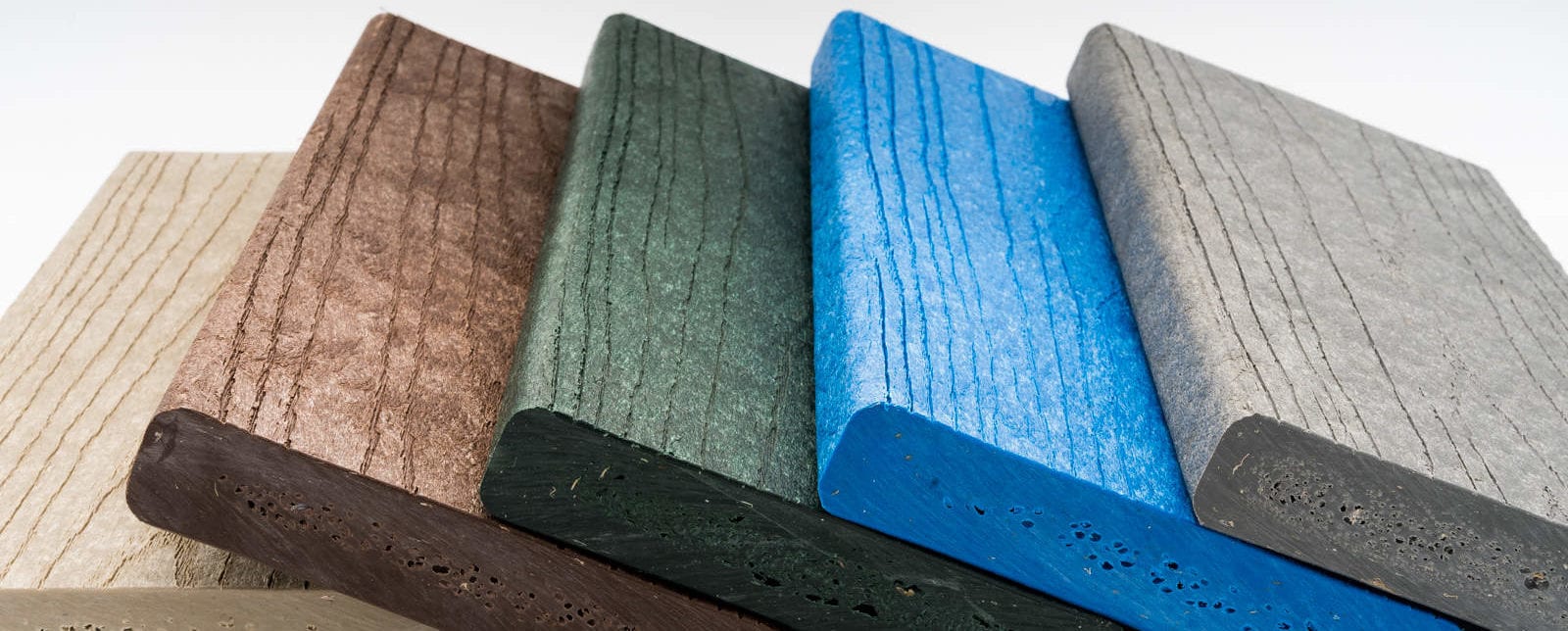A Brief History of Plastic Lumber

Here, we’ll get into a brief history of plastic lumber to show you how this amazing application of HDPE plastic came to be. It’s easy to take today’s wide range of material options available for outdoor construction projects for granted. However, it wasn’t long ago when this list of materials was far shorter.
The Original Problem With HDPE
Plastics are and have been useful substances for creating all kinds of packages and containers. The problem with them is they don’t degrade like natural materials do. Instead, they become major contributors to pollution when people dump plastic products in landfills. Around three decades ago, researchers saw this exact issue with high-density polyethylene, or HDPE. There was no process for recycling HDPE at the time and some high barriers prevented this from seeming feasible. For one, HDPE was so inexpensive it was easier for manufacturers to make more of it than to direct resources towards cleaning and reprocessing it. HDPE was also prone to unwanted bending when people used it to form larger structural objects.
The Invention of Plastic Lumber
In the history of plastic lumber, it starts with the invention… a professor from Rutgers University named Thomas Nosker sought to make recycling HDPE viable. Working together with his colleagues, Nosker experimented with various blends of HDPE and other plastics. Eventually, he found a formula that worked by including polystyrene along with the HDPE. These plastics’ small particles interacted in such a way that they become stronger together. The process wasn’t expensive. He quickly worked on studying what additives would mix with HDPE to make it tough enough to support heavy loads, with a goal of moving beyond building benches and tables to larger structures. Needless to say, these efforts were ultimately successful.
Plastic Lumber Today
The pioneering work Nosker and his colleagues did, led to the widespread implementation of plastic lumber today. The material now can contain reinforcing agents, lubricants, colorants, and other substances that makes it supremely resilient and strong. It functions in the same roles as wood lumber without lumber’s weaknesses. This is due to the fact that plastic lumber will not degrade from insects, animals, temperature changes, and moisture. Moreover, it doesn’t need chemical treatment for its preservation. With wood, such protective chemicals can spread and prove hazardous to the ecosystem. While this history of plastic lumber is short, we are continually innovating to create the next part of the story.
Obtain plastic lumber from Tangent to utilize as building materials for your next project and create lasting, environmentally friendly structures. Contact us for more information.












